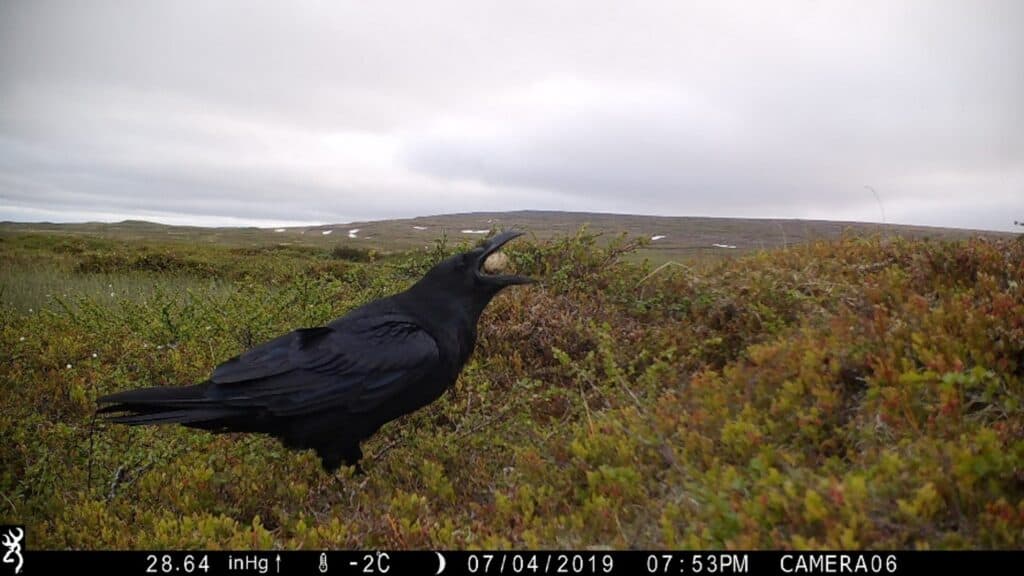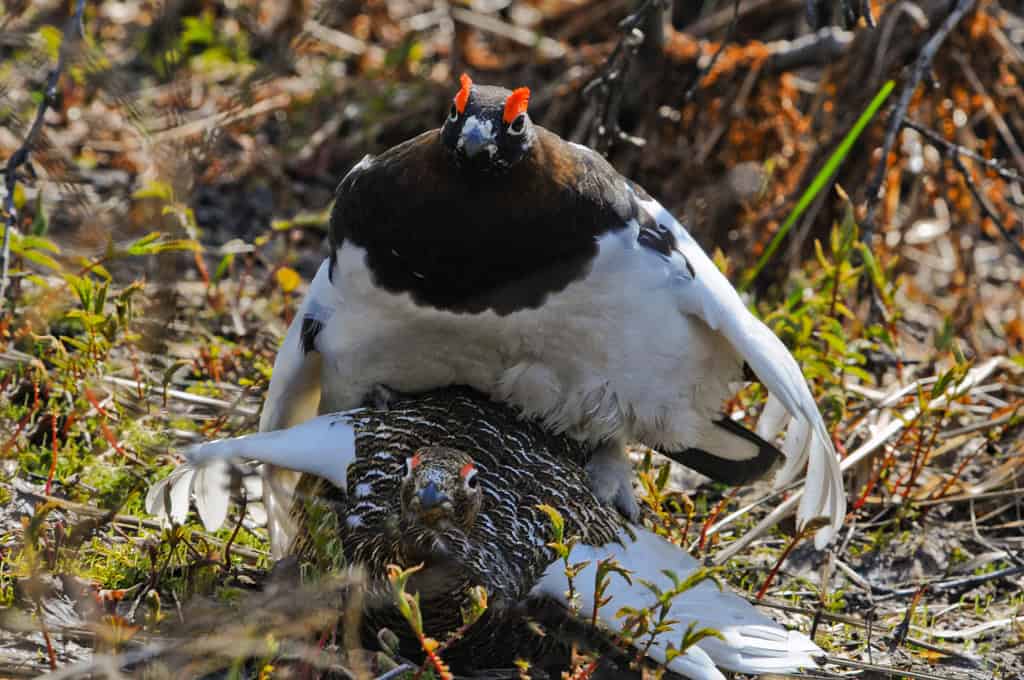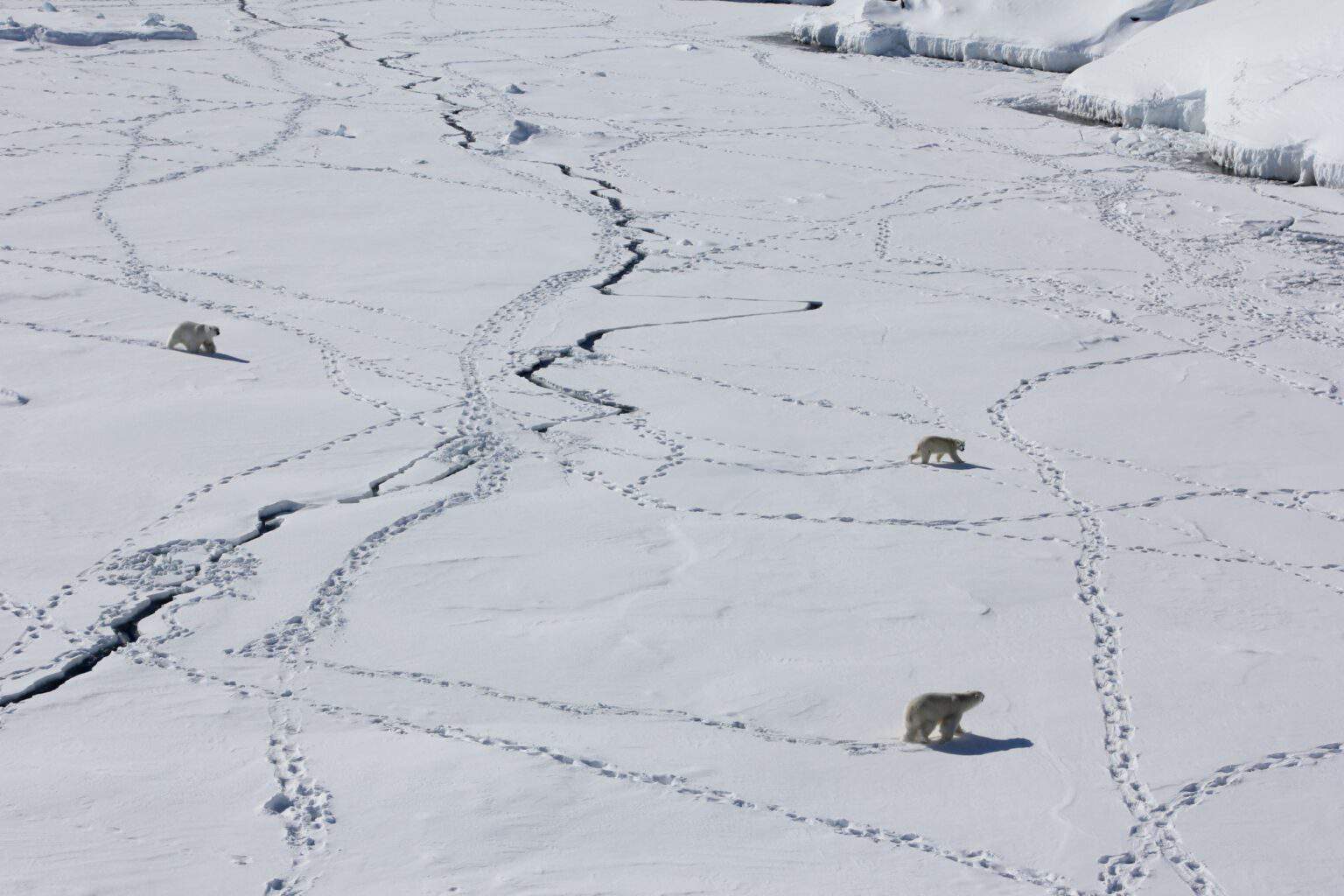Share this article
Wildlife Featured in this article
- Willow ptarmigan
- Common raven
- Arctic skua
- Hooded crow
- Red fox
JWM: Trail cameras can lure predators to nests
Researchers’ efforts to observe natural behavior may skew predator-prey dynamics
Nest cameras that researchers set up to survey predation on birds under natural conditions might skew their results by inadvertently luring ravens to those birds’ eggs.
These findings could have implications for the usefulness of tools like trail cameras in surveying natural ecology in some environments.
John-André Henden, who was with the University of Tromsø in Norway at the time, had been surveying willow ptarmigan (Lagopus lagopus) in Norway since 2009. These and some other ground-nesting bird species have declined in Arctic Norway, so researchers want to identify their main predators.
Nest cameras have been touted as a possible method to learn about nest predators. But the lack of vegetation in the area, which is mostly barren tundra, to disguise these cameras made Henden and his colleagues wonder whether they would work well. Without much vegetation, common ravens (Corvus corax) and hooded crows (Corvus cornix)—both found in the area—might easily be able to cue in on the work the researchers were doing to find their prey.
Ravens are smart, said Henden, who is now a senior researcher with the Institute of Marine Research, a Norwegian government institute for monitoring. “They are more than capable of connecting the dots with respect to our behavior and activities.”
Who is really behind the camera?
In research published recently in the Journal of Wildlife Management, Henden and his colleagues conducted an experiment to determine whether nest cameras change natural predation levels.
In 2018 and 2019, they set out 50 artificial nests on the Varanger Peninsula in northeastern Norway with quail eggs, which look a lot like the eggs of shorebirds and ptarmigan that breed in the area. Each year, a nearby nest camera took images of 30 of these nests, while 20 nests didn’t have a camera.
They found common ravens were the main nest predators, preying on 96% of the nests. Hooded crows were responsible for 6% of the predations, while Arctic skuas (Stercorarius parasiticus) preyed on 4%. Researchers detected red foxes (Vulpes vulpes) on several camera images, but they arrived at the nests after another predator had already eaten the eggs.
The team discovered a significant difference in predation rates on the nests with cameras versus those without them. In fact, almost 100% of the nests with cameras were preyed on.
While the researchers aren’t sure why this is the case, the lack of much vegetation in this Arctic tundra likely plays a role, Henden said.

Ravens are observant and can detect minor changes in their environment, such as the placement of a nest camera. If they investigate these and discover nests, they could begin to associate the presence of cameras with a meal.
The researchers’ experiment seemed to support this theory. When the team placed nests without cameras in areas with higher vegetation—around 50 centimeters tall—the predation risk was 10%, while the predation risk was more than 70% when vegetation height was less than 10 centimeters. So even a little vegetation hides the details enough that the ravens can’t find nests as easily.
Do ravens watch researchers to find meals?
The mere presence of humans in some areas may be enough of a clue for the ravens to find nests. While the nests with cameras were preyed on much more than those without them, some 60% of nests without cameras were still preyed on. Ravens and crows might watch humans placing these nests from kilometers away and then come later to investigate once the scientists are gone, Henden said.
The study highlights how important these corvids are as predators in this area, which is relatively close to the boreal forest.
But it also suggests the limitation of tools like trail cameras in some situations. Henden said their results reveal that it’s important to assess the implications of using technology new to some areas before conducting ecological studies.
In the future, he hopes that using smaller cameras might alleviate the bias that their presence could introduce into environments like the Arctic tundra.
This article features research that was published in a TWS peer-reviewed journal. Individual online access to all TWS journal articles is a benefit of membership. Join TWS now to read the latest in wildlife research.
Header Image: A willow ptarmigan. Credit: Valeri Berlov






